- Joined
- Apr 30, 2005
- Messages
- 34,691
queradas|1452548997|3974414 said:queradas|1452533231|3974242 said:Inferred from the amount of darkness seen in rounds with known proportions. Whether its 8.0 - 10 inches(it should be in this range) or if it varies slightly isn't the important part, just that it is too close and the lense shadow is so significant as to obscure an estimation of the true brightness and brilliance of the diamond.
On this diamond its closer to 8 inches. http://www.jamesallen.com/loose-dia...arat-i-color-vs2-clarity-ideal-cut-sku-290425
When I say 8 inches its from the middle of the viewer's head to the diamond.
Fascinating.
What is your source for the 3 pics of the three distances?
Are those distances from the diamond to the middle of the viewers head? the camera sensor? or the front of the camera lens?
The pics were not taken with a human head.
They were taken with a camera, and a camera is much smaller than a human head.
Either way, the 3 pics do prove my oft-repeated point ... that the further the camera is from the diamond the less black reflection of the camera will be returned by the diamond.
This supports buying the macro lense with the longest working distance, the 200mm.

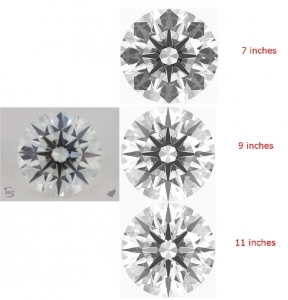
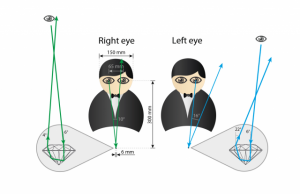
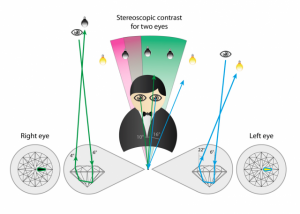
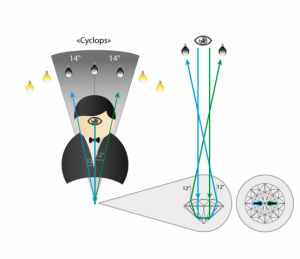
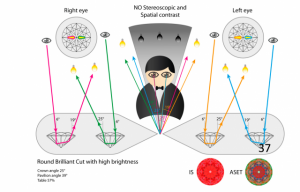


300x240.png)